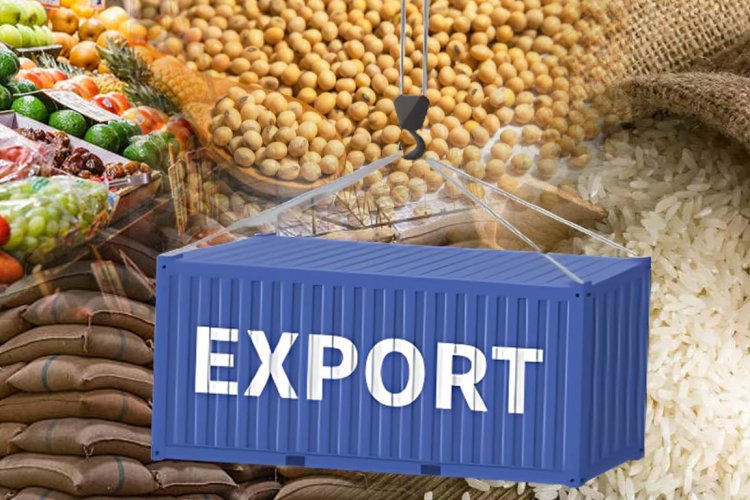
Best Countries For Food Exports: Top Picks Revealed
Food exports play a vital role in the global economy, serving as a conduit for countries to engage in international trade and share their culinary traditions with the world. As nations strive to diversify their markets and bolster their agricultural sectors, the demand for quality food products continues to rise. From staple grains and fruits to gourmet delicacies and organic offerings, food exports not only contribute to economic stability but also foster cultural exchange and enhance food security on a global scale.
The dynamics of food exports are influenced by various factors, including trade agreements, regulatory standards, and shifting consumer preferences. With the increasing emphasis on sustainability and organic farming practices, exporters must adapt to meet the rising standards and expectations of consumers worldwide. As countries pivot to prioritize their agricultural output, understanding the trends and challenges within the food export sector is essential for policymakers, producers, and consumers alike to navigate this complex landscape effectively.
Impact of Trade Agreements
The importance of trade agreements in shaping food export dynamics cannot be overstated. These agreements dictate tariffs, import quotas, and safety regulations that can either facilitate or hinder the flow of food products between nations. Countries with favorable trade relations are often able to access new markets more easily, allowing for greater export opportunities and the potential for economic growth. For example, the liberalization of trade policies can enhance competition, drive down prices, and provide consumers with a wider variety of food options. As such, staying abreast of these agreements is crucial for exporters seeking to expand their reach while maintaining compliance with varying standards.

Shifting Consumer Preferences
Consumer preferences are evolving rapidly, heavily influenced by health trends, sustainability concerns, and cultural curiosity. There is growing demand for organic products, plant-based foods, and locally sourced items, pushing exporters to innovate and diversify their offerings. In this climate, understanding regional tastes and dietary preferences is fundamental for success. For exporters aiming to tap into markets like Asia, adapting to local culinary habits while prioritizing quality and sustainability is essential. Resources such as Food Exports To Asia can provide valuable insights into consumer behavior and market trends, helping exporters make informed decisions that align with these shifting demands.
In conclusion, the landscape of food exports is a dynamic arena shaped by an intricate interplay of trade agreements, regulatory environments, and evolving consumer preferences. As globalization continues to flourish, the capacity for countries to capitalize on their unique agricultural strengths while meeting the diverse tastes and values of consumers around the world becomes ever more critical. Exporters must not only adapt to the stringent standards and market demands but also harness the power of innovation to remain competitive. Consequently, the future of food exports will likely hinge on a collaborative approach that emphasizes sustainability, quality, and cultural exchange, ultimately ensuring that food remains a vital link between nations that nourishes economies and fosters community.


